Roof Replacement Strategies and Tactics
Ensuring project success requires that managers address timing, materials, warranties and post-installation maintenance
Maintenance and engineering managers who decide to remove and replace a facility’s existing roof face a daunting series of challenges. They must replace a complex system efficiently, deliver a finished project that provides long-term benefits and, perhaps most importantly, do it all cost-effectively.
They also need to address a series of tough questions up front. Is this the right system for long-term performance? Does the project comply with local building codes and environmental requirements? What budget constraints does the replacement face?
To make the business case for investing in a roof-replacement project, managers need to answer these questions, as well as address a series of key issues during planning.
Timing matters
In terms of the time of the year, it is common to bid roofing projects in the fourth quarter, with the contract to follow soon thereafter, in order to secure a date on the contractor’s production calendar. This can be a competitive time of year because contractors are vying to secure projects for the following year, which could result in more favorable pricing.
Managers also must be concerned about timing as it relates to facility operations and activities. Many building occupants, such as those in hospitals and medical office buildings as an example, also are concerned about construction noise during business hours. Such facilities have surgeries, sleep studies and other medical procedures taking place that could be disrupted by the project.
Undesirable odors from roof materials also can make their way into facilities through air intakes, so managers need to work with the contractor on the times of installation for sensitive areas.
Access considerations
Managers need to pay close attention to costs related to material loading and offloading because of the need to use cranes, work in off hours, set up controlled-access zones and ensure tenant safety. If the contractor can use an all-terrain forklift, managers need to be sure to set up and monitor a specific area for tenant safety. They also need to consider where to place Dumpsters for debris, as well as disruptions created by the additional traffic and noise from trucks.
Roof access is also a concern due to increased foot traffic and potential damage within the building. Being able to use ladders or a stair tower on the outside of a building allows the contractor to come and go as needed with minimal disruption to the facility. While this step is an added cost for the project, it can eliminate numerous issues related to interior access.
To ensure a smooth project, managers also need to be sure the contractor has access to temporary facilities for its employees, adequate storage and a designated parking area.
Comments
Source: Commercial Roofing




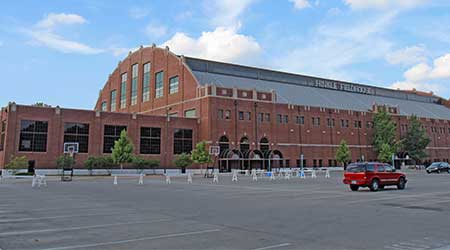






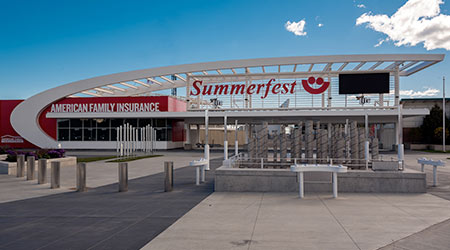
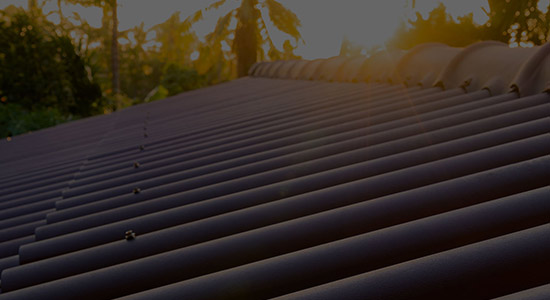


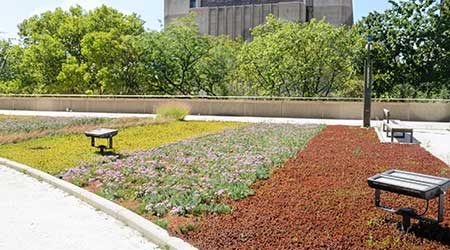
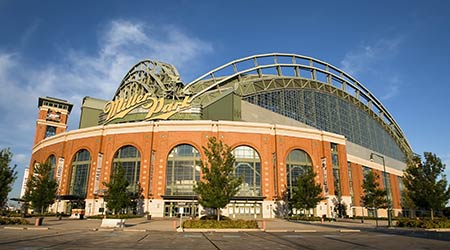



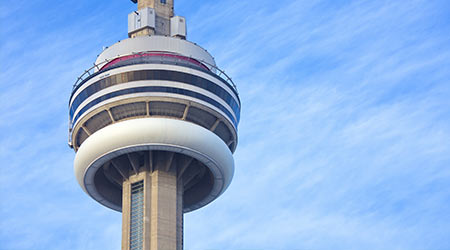
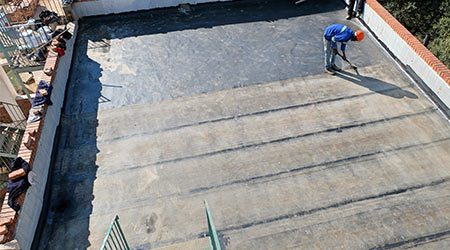
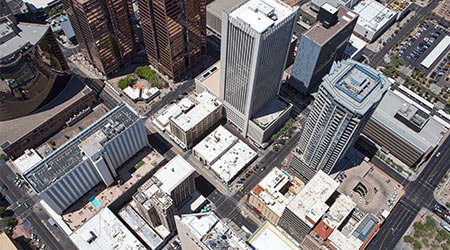
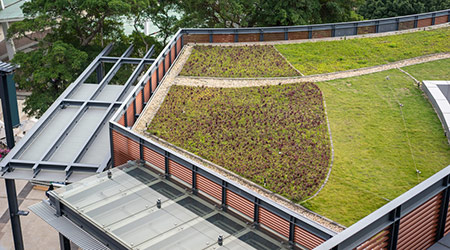
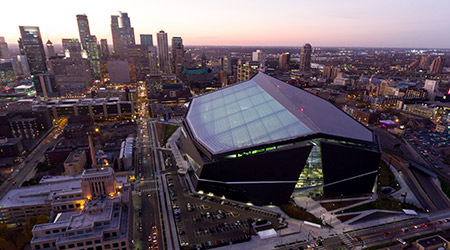
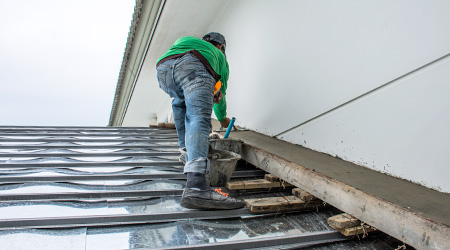
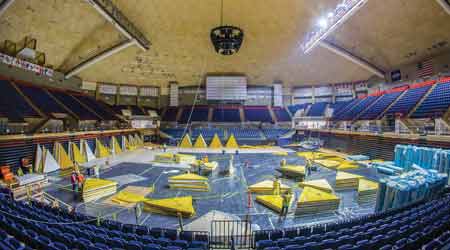
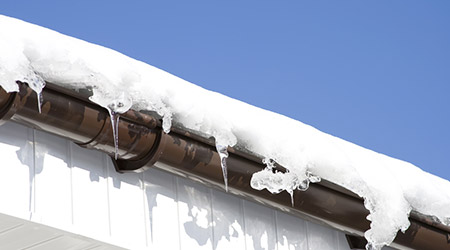
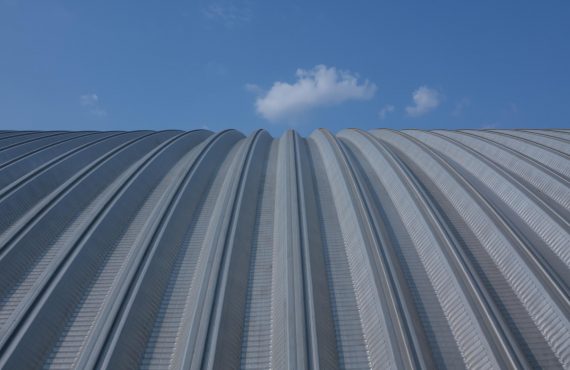
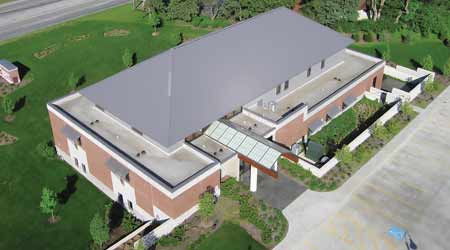

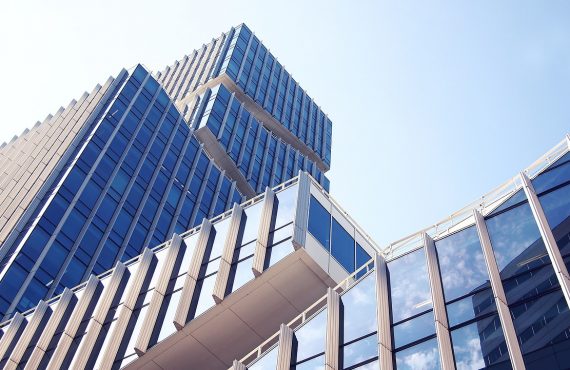
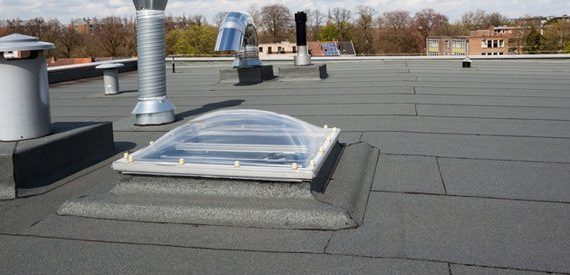
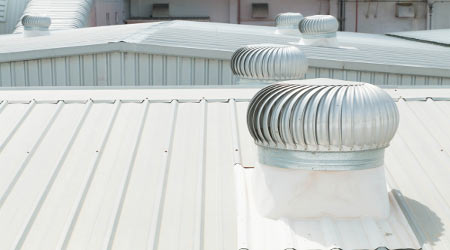




No comments yet.